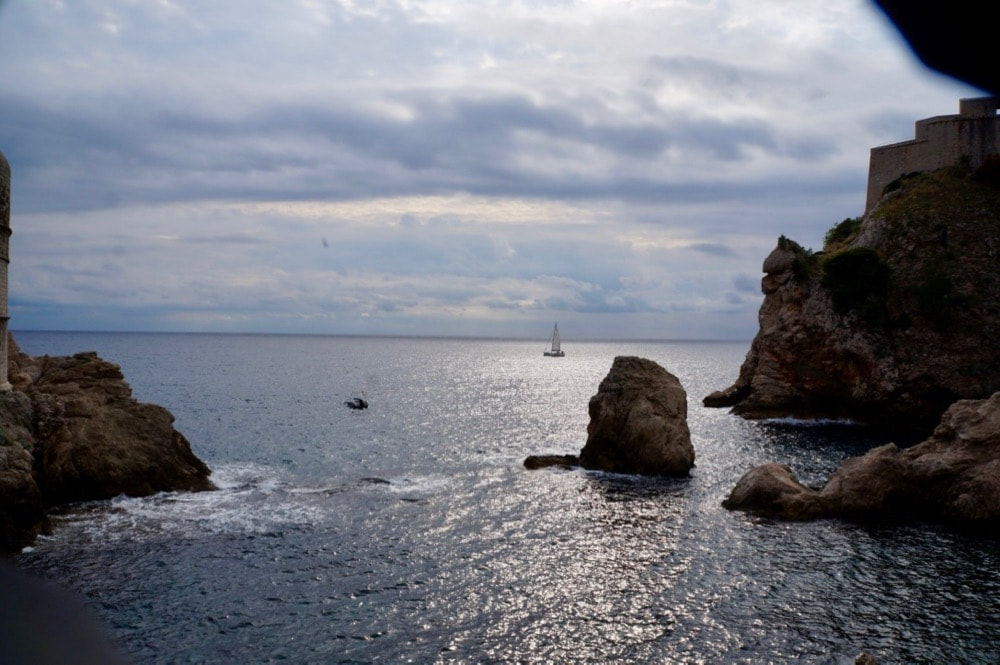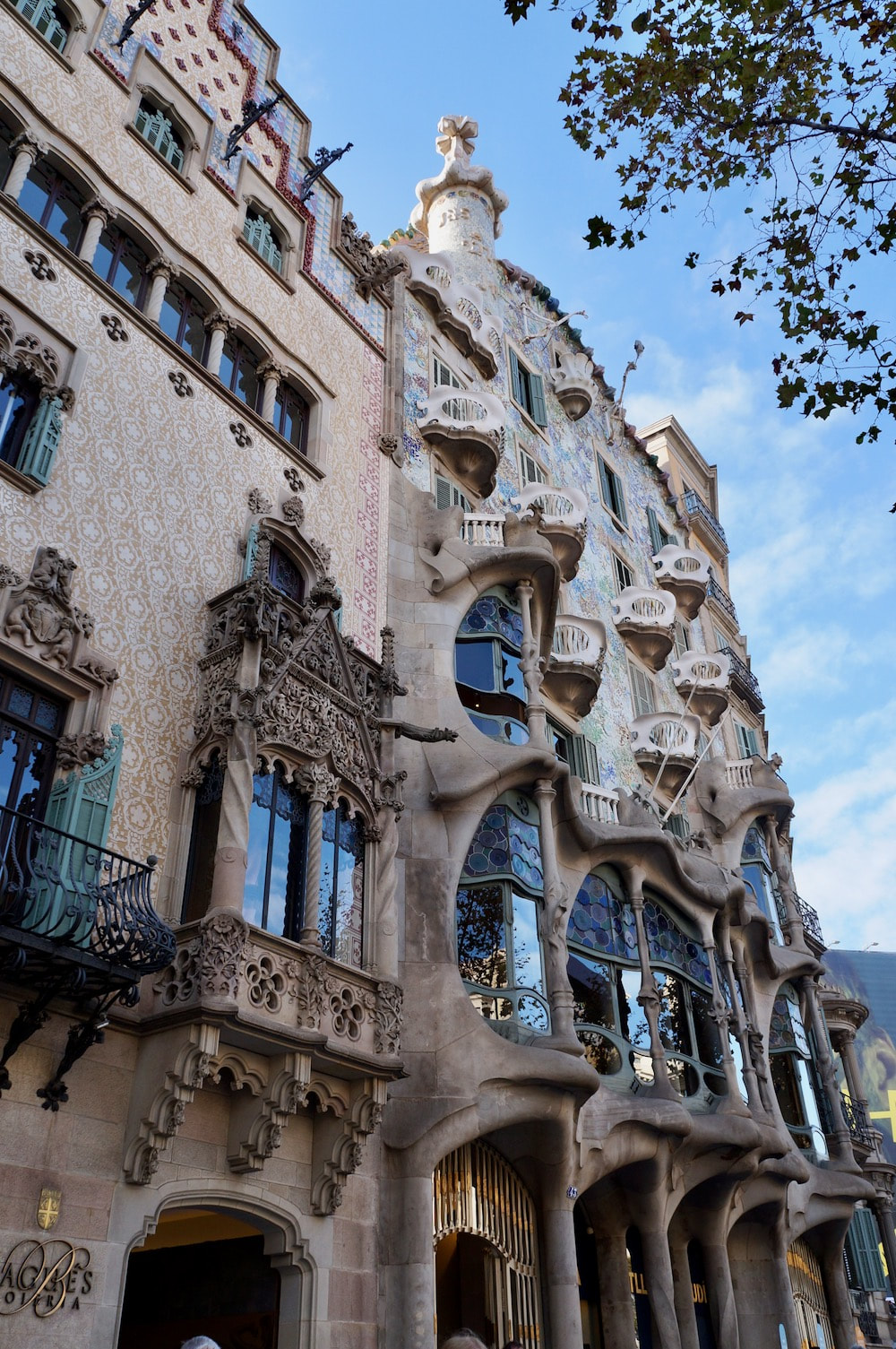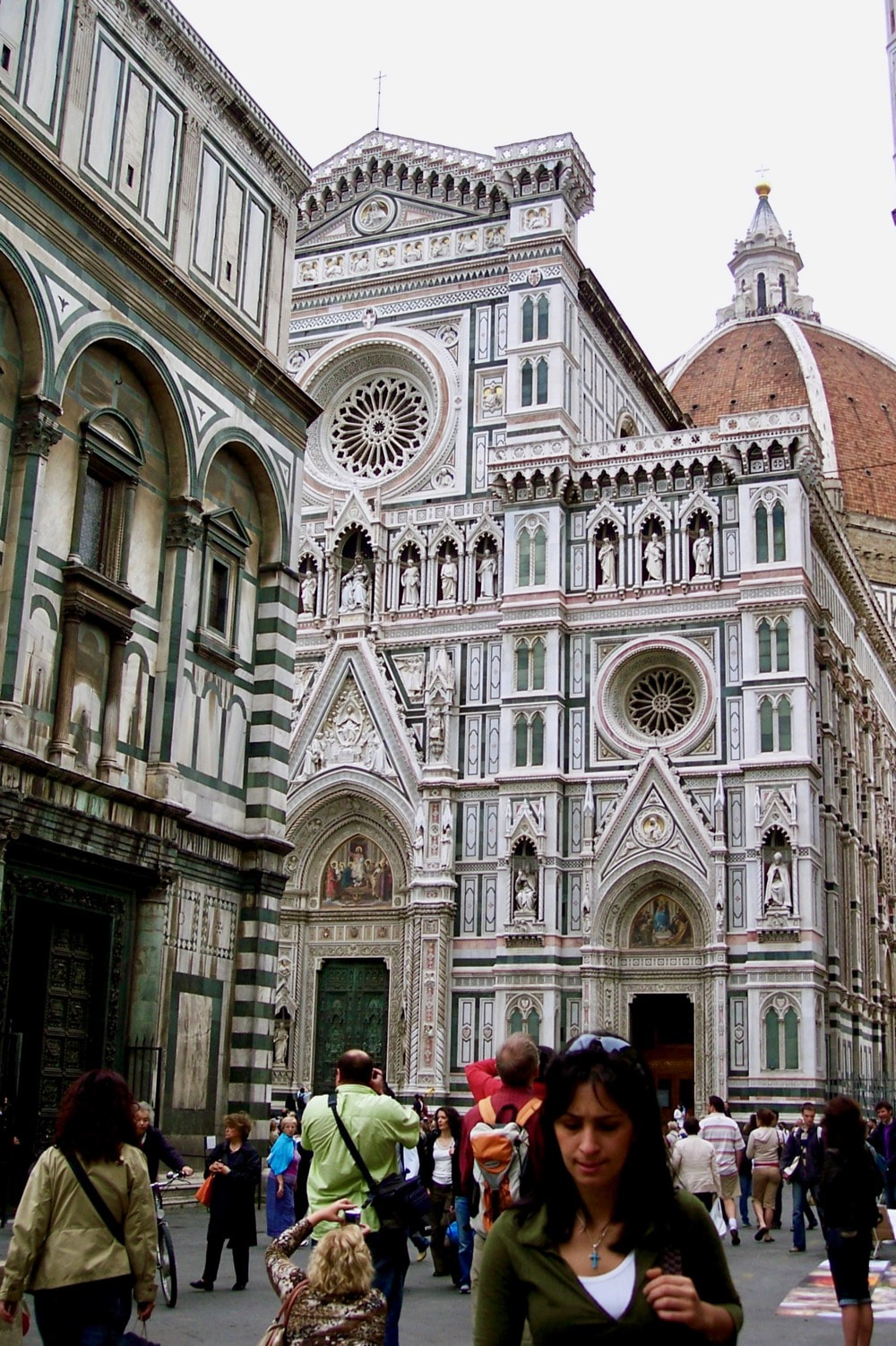|
"Why was it", Lloyd wondered, "that the people who wanted to destroy everything good about their country were the quickest to wave the national flag?”
By the time WW II finally unfolds, the Peshkovs, the Williams, the von Ulrichs, the Dewars, and the Fitzherberts are our friends and their lives grip us as they take risks in places as widely separated as Spain and Hawaii.
Predictably, we are amused as they meet and struggle together in various circumstances, awaken romance in us as they fall in love or break commitments, saddened as some meet their unexpected early death, angered us as the leaders of that time become blinded to their executors who take revenge on their enemies or advantage themselves by liquidating others. To most, it was just horror and destruction but for others, it was the necessary destruction that comes before the building of a new society, or a new offer for people to take part in power within its society through the empowering of the working class. The image of the great fire bird rising from the ashes of destruction is well understood.
Follett lets history weave the context in which lives of people from a rainbow of countries and the gamut of social levels merge their relationships into a fabric of their work and commitments.
Think of how historical events mould people into the shape of heroes or villains, all to become survivors through risks and romance. Comments are closed.
|
For those who love travel, here are some of my top recommendations of places to visit.
Click on the picture to know more of these places: Archives
October 2021
|



